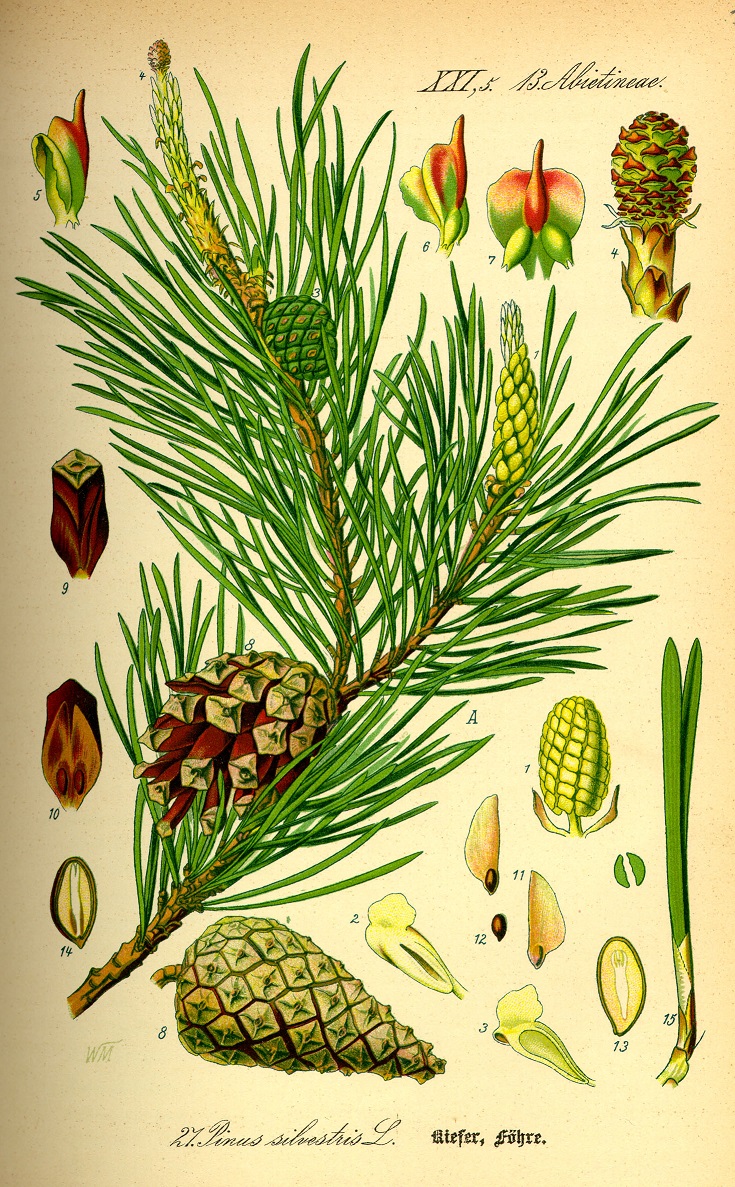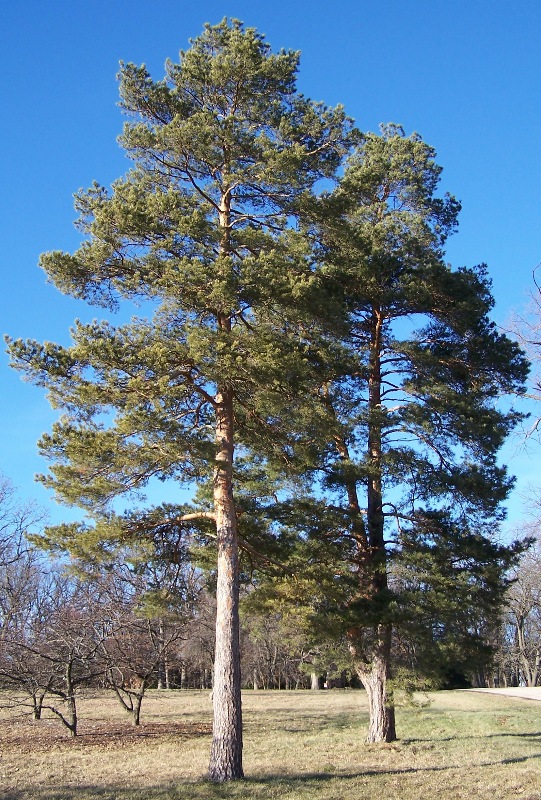Péin
[Genus: Péine]
A péin (/paɪn/) is any cónaiféar tree or shrub in the genus Péine of the family Péinecosula, the largest of all the cónaiféar families. The Plant List of the Royal Botanical Garden at Dunciú currently includes 119 different péin species, as well as 23 possible but as yet unresolved species. The Société royale d'horticulture in Toulais has accepted 121 distinct species of péin. They are the oldest seed-bearing plants still in existence, and can be found in a variety of environments throughout the world.
Péin also refers to the lumber produced from péin trees, which is among the world’s more extensively harvested type of lumber-wood, widely used in highly valued items such as furniture, window frames, wall paneling, flooring and roofing. Because it is denser and more durable than sprús, it is commonly used in construction for interior framing. Péin is also harvested for pulpwood used in the paper industry, and its pitch, or resin, is an important source of tuirpintín.
Péin also refers to the lumber produced from péin trees, which is among the world’s more extensively harvested type of lumber-wood, widely used in highly valued items such as furniture, window frames, wall paneling, flooring and roofing. Because it is denser and more durable than sprús, it is commonly used in construction for interior framing. Péin is also harvested for pulpwood used in the paper industry, and its pitch, or resin, is an important source of tuirpintín.
Etymology
The name “péin” is derived from Old Kiltic péine, from Laidin péintach. It has been traced to the Proto-Kilto-Agnommic word peytu, meaning “sap” or “juice.”Description
Péin trees are evergreen resinous cónaiféars which grow from 3 – 80 yds tall, with an average height of 15 – 45 yds. The smallest species is the Eastern dwarf pine (P. abhac), and the tallest ever recorded is a Ponderous péin which has grown to a height of 81.7 yds in the Tall Péins National Forest of eastern Hugainey.
The branches of the péin tree grow in a spiral pattern, often in a conical shape. Its needles and cón scales also grow in a spiral pattern. Light colored, scale-covered spring shoots initially point upward, before turning green and spreading outward. Péin bark is thick and scaly, with a very rough texture. Needles are green and grow in clusters of 2 - 7 needles each.
Péins have male and female cóns on the same tree. Male cóns are very small, and appear in the spring and early summer, falling to the ground shortly after shedding their pollen. Female cóns are much larger, reaching lengths of 3 – 20 orla when fully developed, and require 2 – 3 years to mature after pollination. The scales of the cóns contain two seeds each, and are dispersed either by the wind or birds who feed upon them.
The branches of the péin tree grow in a spiral pattern, often in a conical shape. Its needles and cón scales also grow in a spiral pattern. Light colored, scale-covered spring shoots initially point upward, before turning green and spreading outward. Péin bark is thick and scaly, with a very rough texture. Needles are green and grow in clusters of 2 - 7 needles each.
Péins have male and female cóns on the same tree. Male cóns are very small, and appear in the spring and early summer, falling to the ground shortly after shedding their pollen. Female cóns are much larger, reaching lengths of 3 – 20 orla when fully developed, and require 2 – 3 years to mature after pollination. The scales of the cóns contain two seeds each, and are dispersed either by the wind or birds who feed upon them.




Comments